Civilization VII First Impressions
By EricMesa
- 7 minutes read - 1331 wordsBecause I had to fix a bunch of posts on here due to the transition from Wordpress to Hugo, I was reminded that I wrote a bunch of posts when Civilization IV came out 20 years ago. With the massive changes to the game mechanics in Civilization VII I thought I would at least make a post about my initial impressions of Civilization VII.
The Eras System
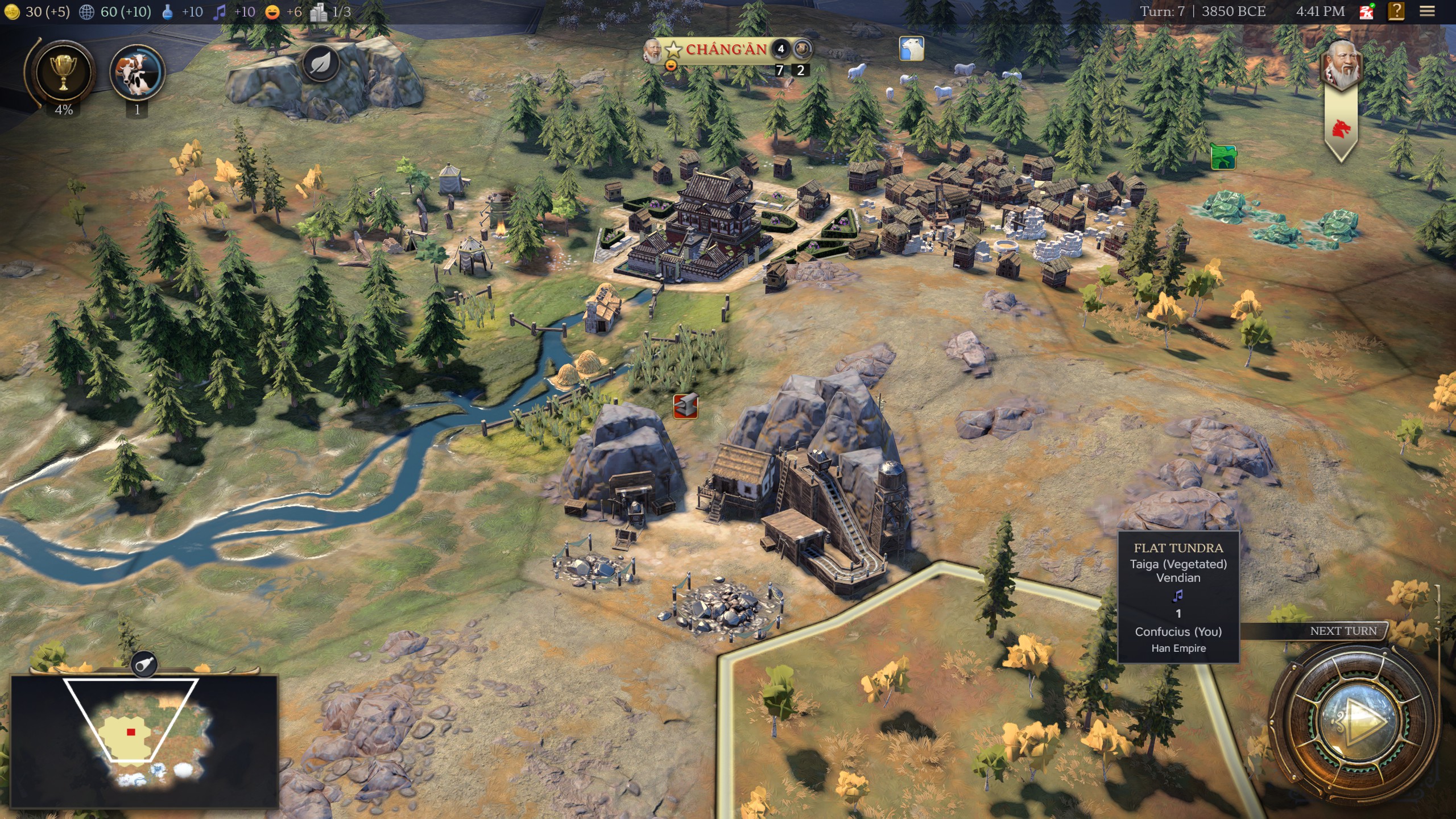
My First City
I liked the fact that Civilization VII using the eras system meant that the game could be balanced across each era. As long-time players know, Civilization games are almost never fun all the way through. To take the extremes, you’re either going for a military victory and get to finish the game early or you’re going for a science victory and you’re playing all the way to the end.
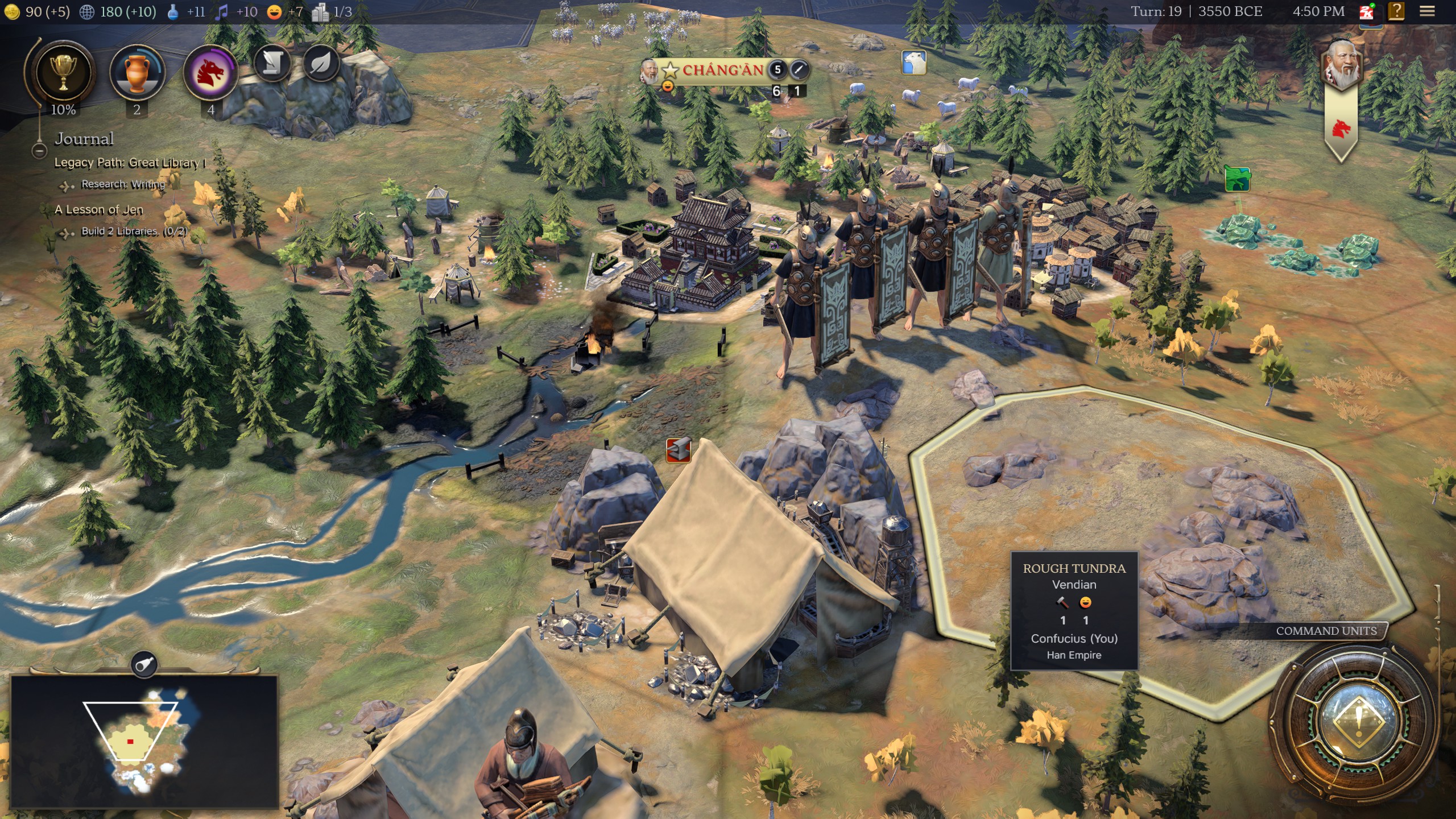
Additionally, if you pick a civilization like the Inca or Romans you get your special unit and special building early in the game. But if you pick America, you get the Fighter Plane or Bomber plane which you can’t use until almost the endgame.
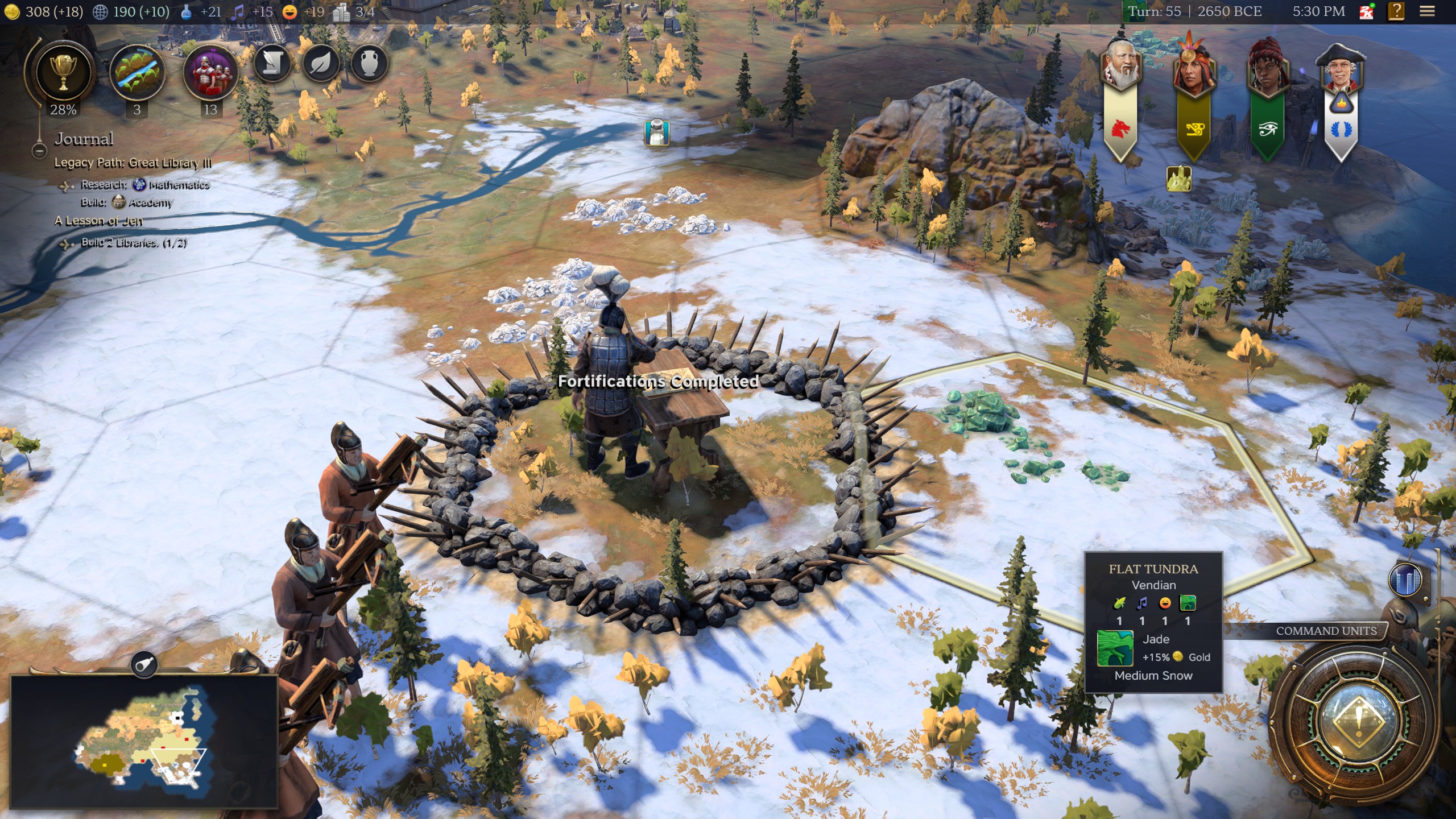
Building fortifications
But by spreading the game across 3 distinct eras, the developers were able to balance each era. There are ways to win science, military, religion, etc in each era. Only the final era TRULY matters, but you can refocus as you go. Additionally, you get to change civilizations, so each can be balanced for the era its in.
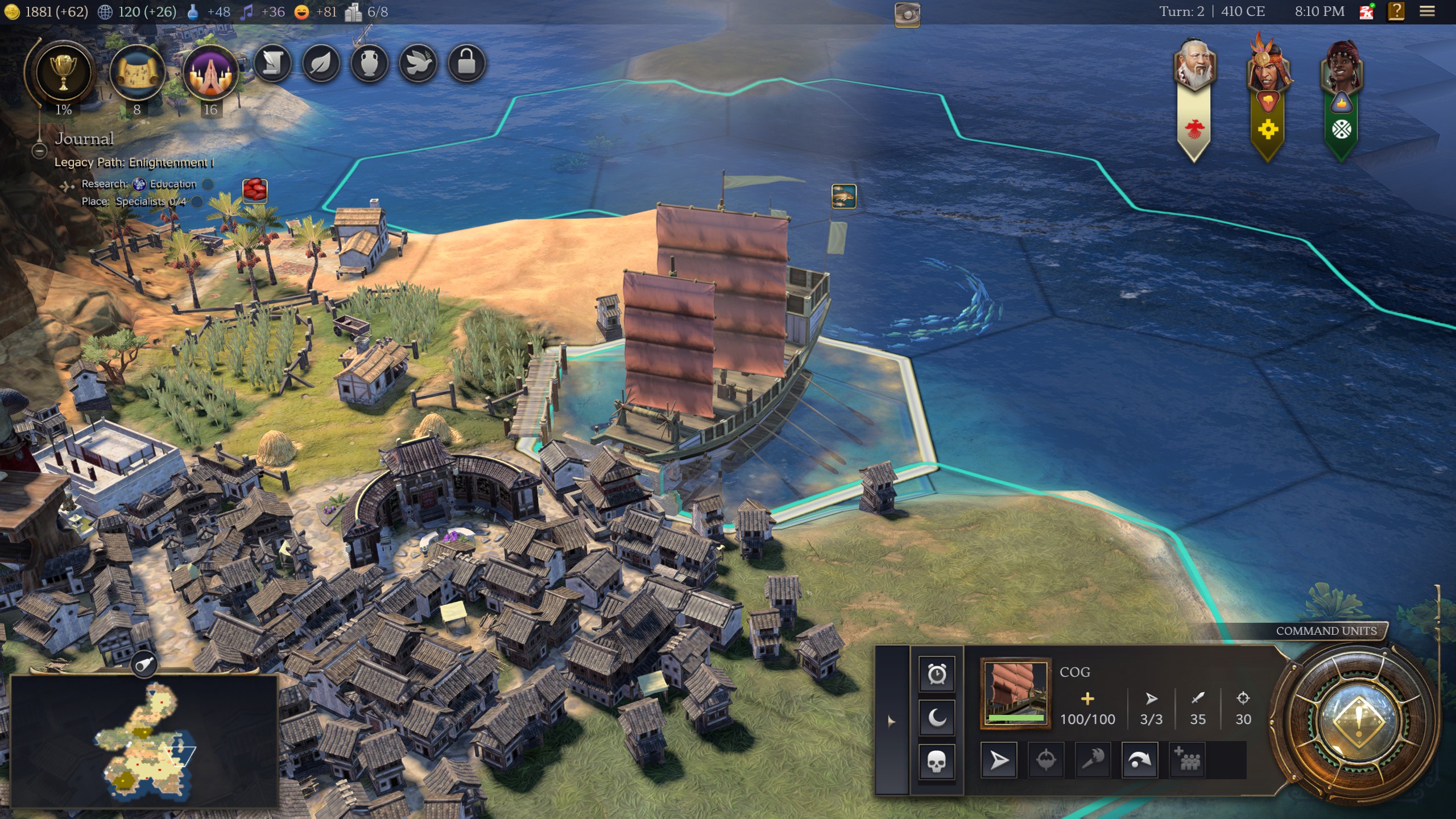
My first ship - the Cog
What I don’t like about the eras system is that you’re essentially completing seemingly arbitrary tasks until the final era. I guess it does help guide the player if they’re going for a science victory, but I found that overall the system makes the game feel less like a sim and more like a game. I guess there have always been parts of the Civilization franchise that leaned more in the game aspect, but what has always drawn me into the franchise is that it felt a bit like a history sim. As a perfect illustration of how things have changed and become more gamified - from the time I started writing this post until I finished it - I started my second game, where I intended to play militaristic. Gone is the ability to finish the game early by killing everyone. Instead a military victory is about forming or capturing a certain amount of cities. And in the exploration age, they need to be built or captured in “distant lands”.
City Spread Gets Even Larger
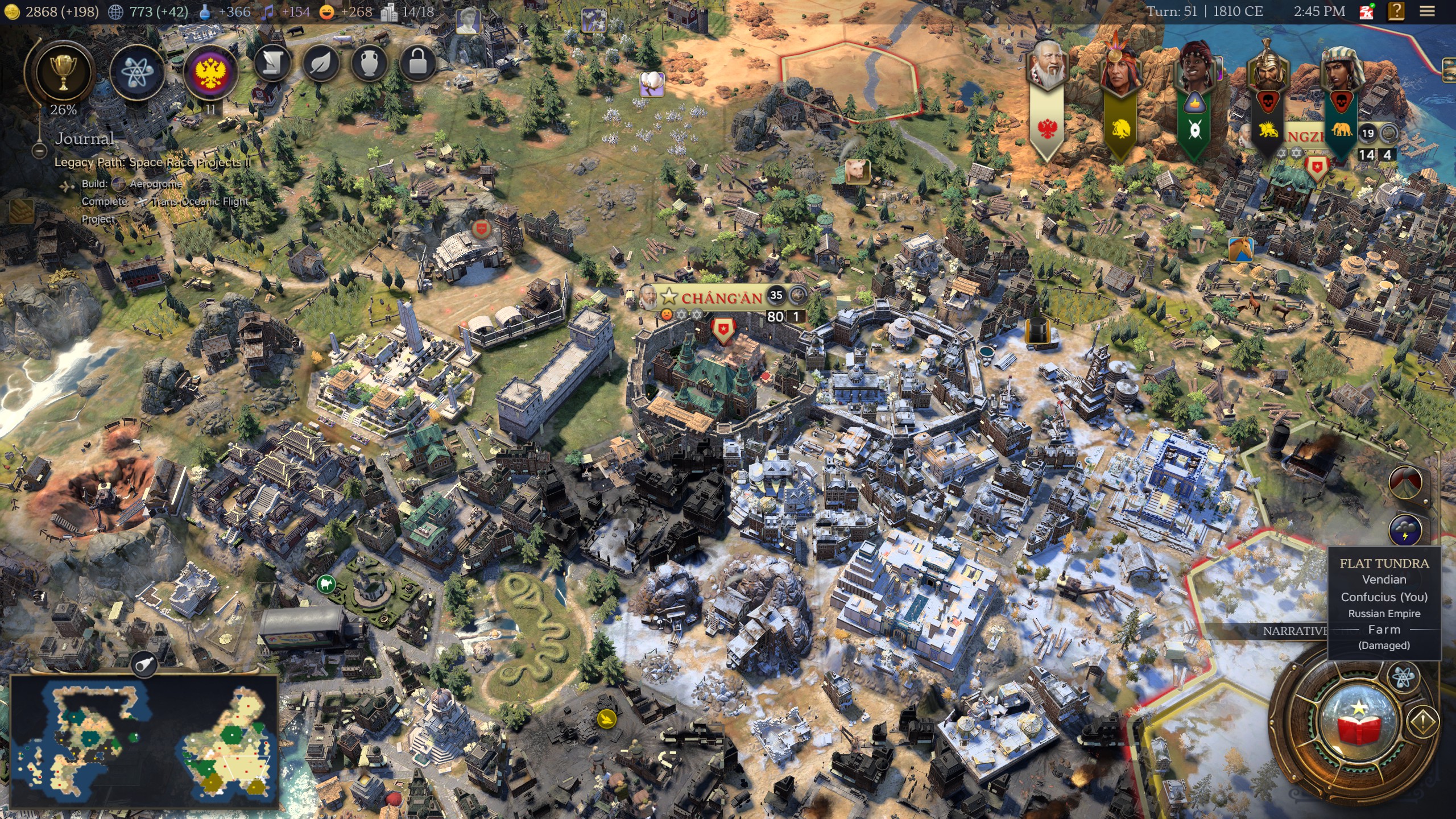
My first city - all spread out
Civilization VI introduced the concept of specialized districts. It meant having to get strategic about what you plopped where because you might find yourself unable to build any science buildings if you built too many other districts - especially since the amount of districts you could build were gated behind city size. I think the new mechanic for this in Civilization VII both improves upon this, but also is a bit more confusing.
In Civilization VII EVERYTHING - farms, mines, buildings, wonders - are built when your city grows. There are no farm or mine tiles outside the city. Also, there are no specialized districts. Anything can go anywhere. I like that quite a bit because it allows for more customization with the cities. However, there’s a push-pull between urban and rural tiles and there’s also “overbuilding”. Once a tile is made into an urban tile it can hold up to 2 buildings. But, except for certain pairs of buildings that are specified for certain civilizations, it’s a little unclear when (or if) there are synergies between various buildings. I’m also sometimes uncertain of whether I should be replacing a building or not. I think the UI or the tutorial prompts could be better written when it comes to the city tiles. I also agree with Potato Whisky (or whatever the youtuber’s name is) that the UI needs some better coloration to help make it easy to tell at a glance what is going with the city and whether is has more science buildings or military buildings, or whatever.
No More Barbarians!
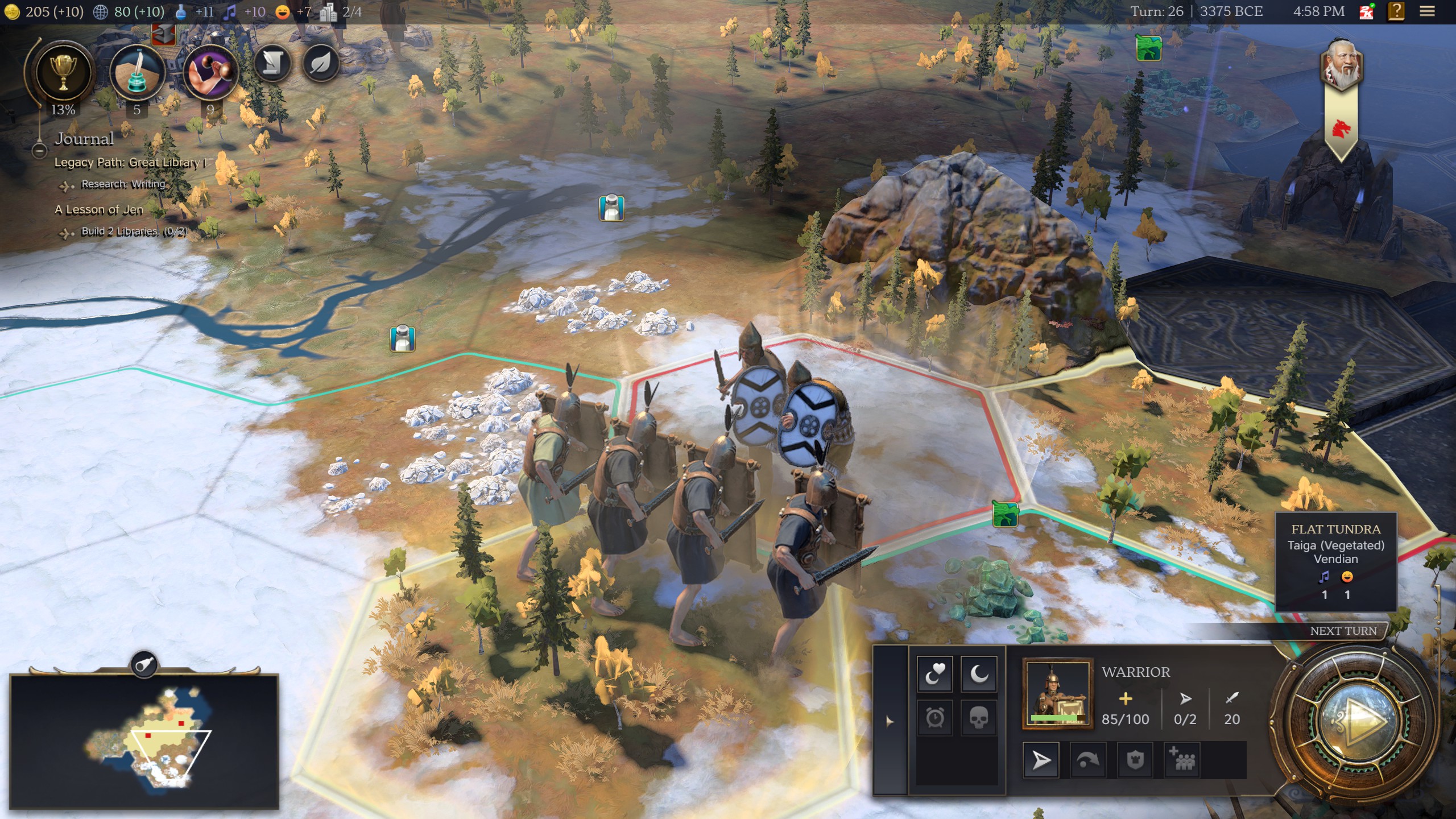
Or maybe All The Barbarians? It really depends on your point of view. But this is the ONE system I unequivocally like. Unlike previous iterations of the franchise, there are no barbarian camps. Instead Civ VII combines a late-Civilization VI (I don’t think it was in vanilla Civ VI) mechanic that allowed for eventual friendship with the City-State mechanic. Essentially, all city-states start off as “barbarians” - that is, they just go around attacking everyone. Once you spend some influence points on them, you can become friends and/or suzerain and they upgrade into a city-state. I stated in the first sentence that I unequivocally liked this change, but I guess I do have one tiny quibble - at the end of each age, any city-states that haven’t been absorbed into someone’s civilization disappear. I’m not sure how much sense that makes, but I could go either way.
Diplomacy is way Better, but a little too opaque
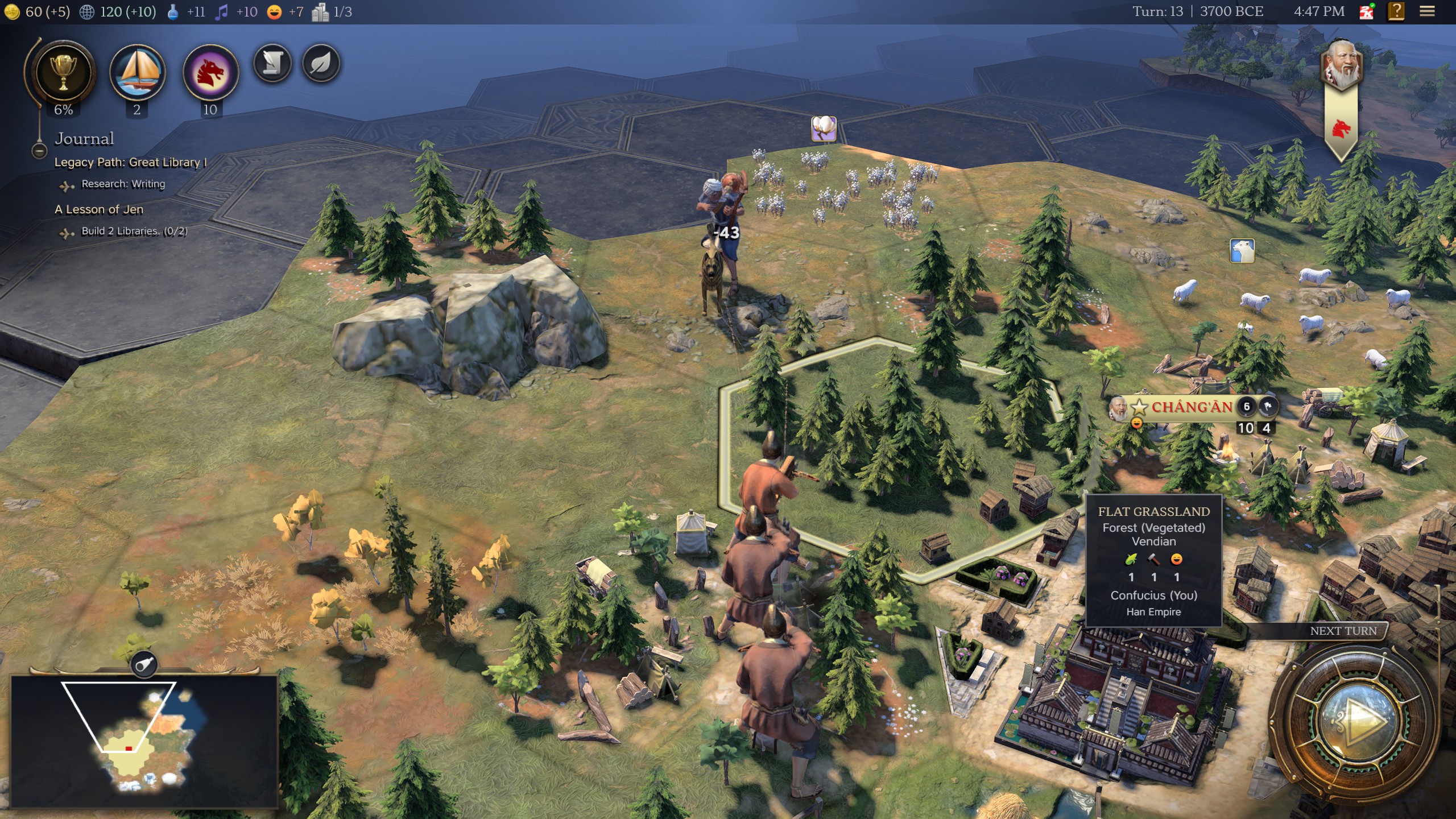
In my first game I was often lost when it came to diplomacy. In my second game I started to get the hang of it, but it still feels (at least at the easiest level) like something that is too easy to ignore. On the plus side, everyone isn’t constantly going to war with me. In fact, unless I’m misremembering, I started every war that I was involved in. On the other hand, these other civilizations have some sticky fingers. I’m CONSTANTLY being notified of espionage. The player can’t do anything about it until (I think) the exploration age. You can espionage back, but it also eats up your influence points. I’m glad there isn’t a world council (I absolutely hated that in Civ VI), but the influence points are used for too much (IMHO) and you don’t quite get enough. You need them to befriend city-state. You need them to do espionage. You need them for counter-espionage. You need them for open borders and for denouncing a civilization.
Also in my first game Amina made an alliance with me. I was never able to figure out how to many an alliance with anyone.
Religion
What’s the point? I may need to check the Exploration Age tasks, but I couldn’t see any point in religion compared to either Civilization V or Civilization VI. I also found it impossible to figure out how to convert a civilization back to my religion. This feature needs a bit more work.
Final Written Thoughts
These are final written thoughts because I’m going to include the videos of my first game below. Overall, I found a bit too much of the game to be confusing. Even in my second game I couldn’t figure out why sometimes my merchants couldn’t establish a trade route. This shouldn’t be the case for someone who has played since Civilization I back in the 90s. I should have finished the first game dying to play more. Instead I was indifferent. I did start a second game at the end of the week to see how I felt after trying a militaristic victory. While the “one more turn” still somewhat gets me (because It’s almost always just one more turn until the next mechanic kicks in), I am still not feeling the usual Civilization addiction here.
Also, as someone (Potato Whisky, maybe?) said, the game feels like the most cash-grabby entry in the franchise. Instead of Expansion Packs we are in FULL-ON DLC territory. Some leaders are locked behind DLC. The game itself ends after the scientific equivalent of the 1960s - what happened to playing until 2050? Recent articles have teased there will be a post-modern era DLC. I’m not saying I definitely won’t grab it, but I’m currently leaning towards waiting until it’s available in a Humble Bundle with a few of the DLCs.